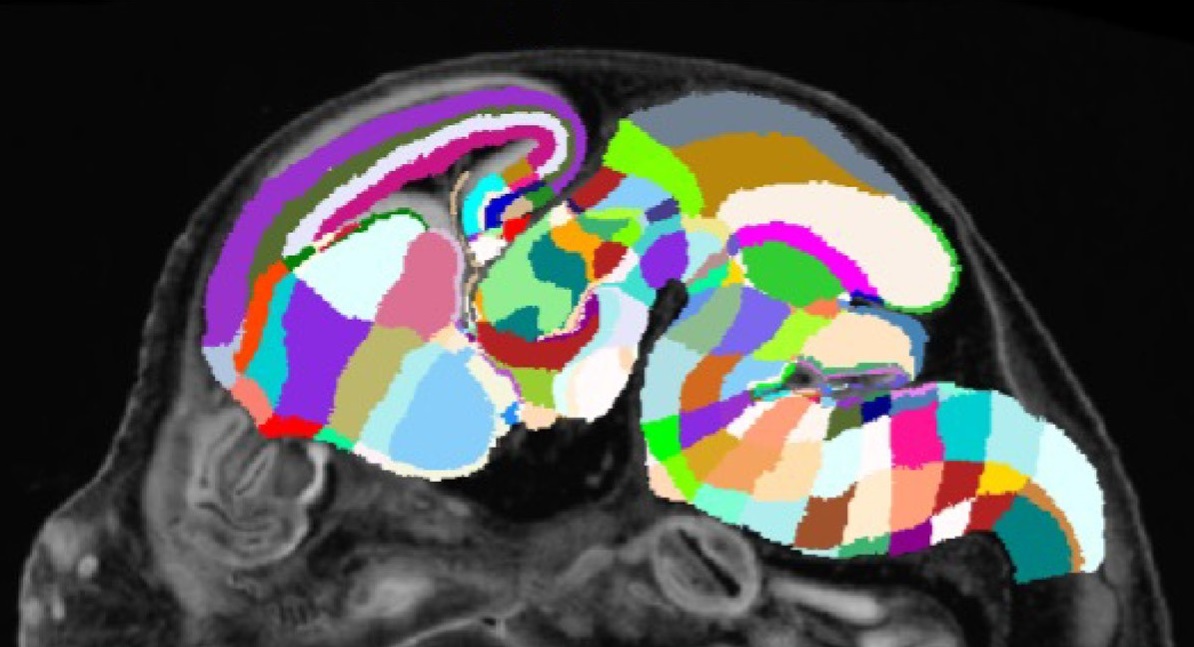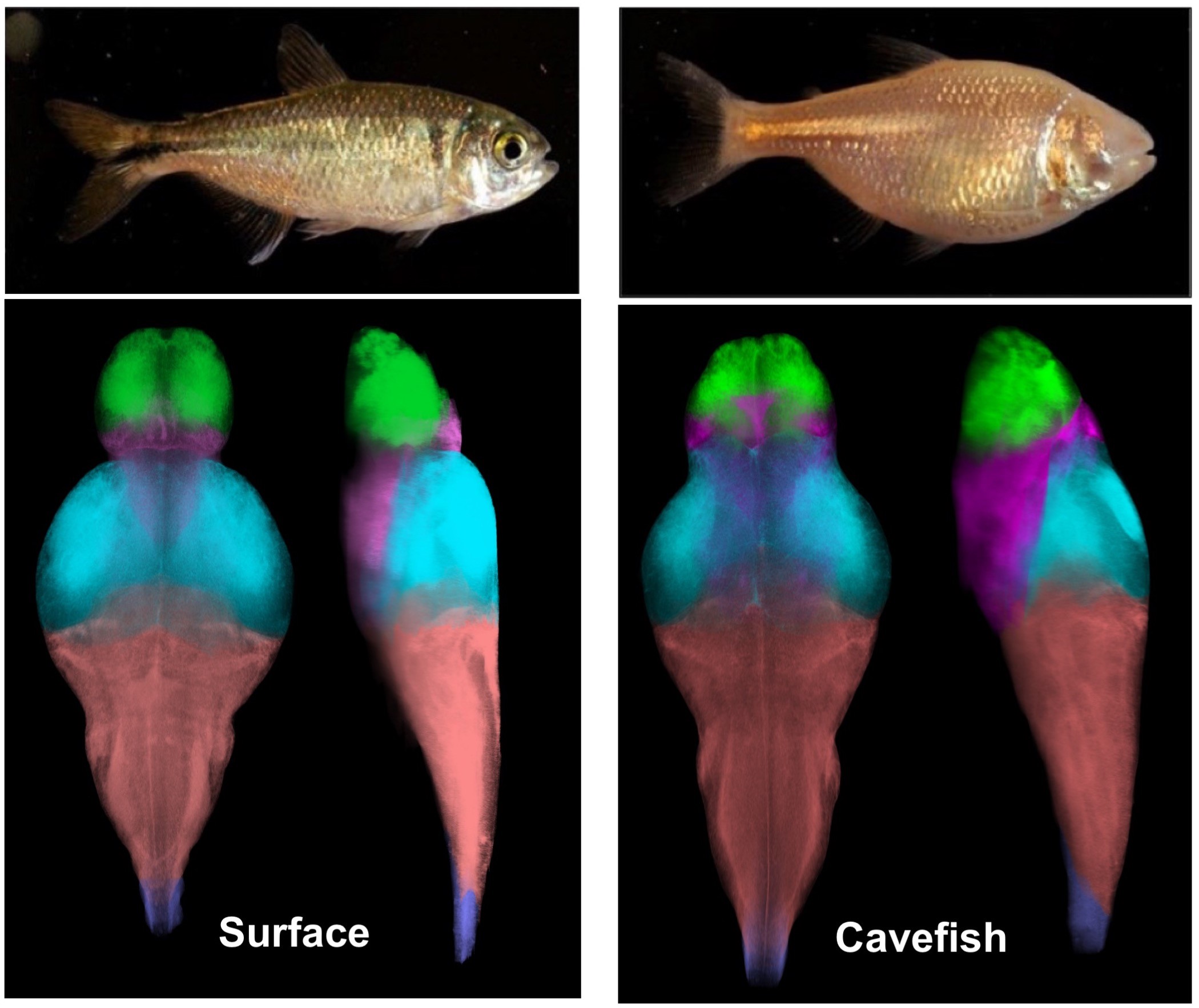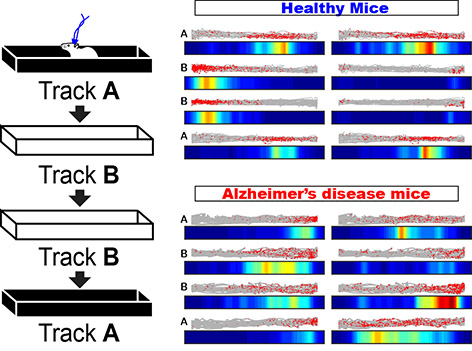Irvine, Calif., Feb. 14, 2024 — A research team led by the University of California, Irvine has created 20 new recombinant rabies viral vectors for neural circuit mapping that offer a range of significant advantages over existing tools, including the ability to detect microstructural changes in models of aging and Alzheimer’s disease brain neurons.
Tag: Brain Mapping
UTHealth Houston researcher awarded $3.1M NIH grant to study sudden unexpected death in epilepsy
A five-year, $3.1 million grant to study preventive strategies for sudden unexpected death in epilepsy (SUDEP) has been awarded to UTHealth Houston by the National Institutes of Health (NIH) National Institute of Neurological Disorders and Stroke.
Hackensack Meridian Neuroscience Institute Now Using QuicktomeTM Brain Mapping Technology To Visualize Key Areas of the Brain Related To Speech and Other Key Functions During Complex Brain Surgery
Brain mapping technology now available for complex brain surgeries at Hackensack Meridian Neuroscience Institute.

A Stem Cell Model From Mount Sinai Could Help Unravel the Complex Biology Behind Some Psychiatric Disorders
Researchers from the Icahn School of Medicine at Mount Sinai have applied a novel stem cell model to map disease risk variants in human neurons, which could help provide insights into the biological mechanisms that underlie neuropsychiatric disorders such as autism and schizophrenia.
8 weeks of meditation studies can make your brain quicker
Just eight weeks of meditation studies can make your brain quicker, according to new research from Binghamton University, State University of New York.

Researcher leads $ 3.8 million project to map developing mice brains
A grant from the National Institutes of Health will allow a Penn State College of Medicine researcher to lead a three-year, multi-institution project to create an atlas of developing mice brains.

Mapping Cavefish Brains Leads to Neural Origin of Behavioral Evolution
While studied for nearly a century, little is known about how cavefish brains differ. A study is the first to look inside their brains with millimeter resolution to start to understand how the individual neurons and brain regions that drive complex behaviors, including sleep and feeding have evolved. This work has broad implications for the understanding of how brains evolve in many different animal models and is hoped to be widely used by the scientific community.

New discovery reveals brain network mechanism that causes spatial memory impairment in Alzheimer’s disease
Patients with Alzheimer’s disease frequently suffer from spatial memory loss, such as no recognition of where they are, and forgetting where they put their belongings. They often show a wandering symptom, which is also a feature of spatial memory impairment. Until now, the brain network mechanism that causes spatial memory impairment had been unclear.